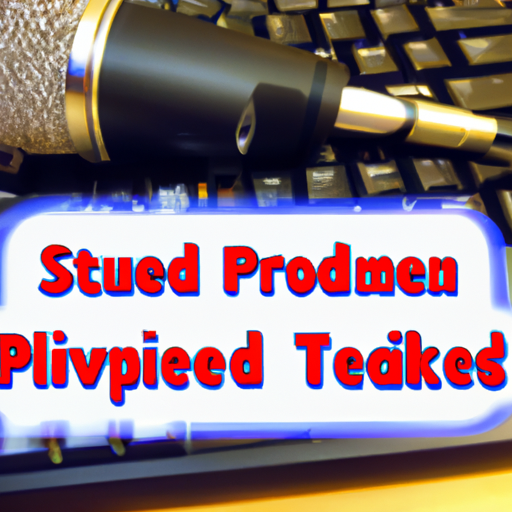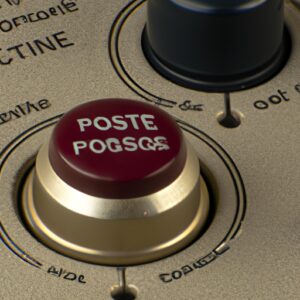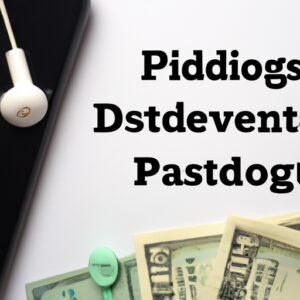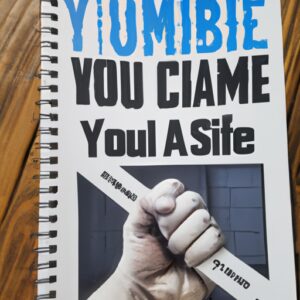
Podcast Audio Mixing: Tips and Best Practices
Are you tired of recording podcasts that sound like they were made in your grandma’s basement? Do your listeners consistently complain about audio quality?
Well, fret no more! As a seasoned audio mixer in the podcasting industry, I’m here to share some tips and best practices to help you produce professional-sounding podcasts that your listeners will love.
Tip #1: Invest in Good Equipment
Now, I’m not saying you need to break the bank on gear, but investing in quality microphones, headphones, and audio interfaces can make a world of difference.
For microphones, go for dynamic ones like the Shure SM7B. They’re great for recording spoken-word content like podcasts, and they’re less sensitive to background noise than condenser mics.
As for headphones, choose a closed-back model that isolates sound, so you’re not hearing your own voice coming through the mic.
And for audio interfaces, opt for ones with quality preamps and low-latency monitoring. You don’t want any lag between what you say and what you hear in your headphones.
Tip #2: Record in a Quiet Space
This may seem obvious, but the quieter your recording environment is, the better your audio quality will be. Avoid recording in rooms with echo or background noise like fans or air conditioners.
If you can, invest in acoustic treatment like soundproofing foam. Even a little bit can make a big difference.
Tip #3: Use Compression and EQ
A little bit of compression and EQ can go a long way in improving your audio quality.
Compression helps level out the volume of your voice and reduces background noise. And EQ lets you adjust the tone of your voice to make it sound more natural and clear.
You don’t need to be a pro at using these tools, just experiment with them until you find the sweet spot.
Best Practice #1: Edit Ruthlessly
Once you’re finished recording, go through your audio with a fine-toothed comb and edit out anything that’s unnecessary or distracting.
Umms, ahhs, and long pauses can be cut out to make your podcast sound crisper and more professional.
Best Practice #2: Mix to the Loudness Standards
The loudness of your podcast is crucial to how it’s perceived by listeners.
Make sure you’re mixing to the industry standard of -16 LUFS (loudness units relative to full scale). This ensures that your podcast will sound consistent in volume with other podcasts and won’t have volume spikes that could be jarring to your listeners.
Best Practice #3: Listen on Different Devices
Before you release your podcast into the world, make sure to listen to it on different devices like your phone, laptop, and car stereo.
This will help you catch any inconsistencies in volume or EQ that you might not have noticed before.
Remember, a podcast that sounds great on one device might not sound as good on another.
Wrap Up
By following these tips and best practices, you’ll be well on your way to producing high-quality podcasts that will keep your listeners coming back for more.
So go forth, experiment, and have fun with your audio mixing. Who knows, you might even discover your own unique style that sets your podcasts apart from the rest.






